This post has been moved to OpenChutes.com. All future postings of Powwows, Indian Relay Races, Rodeos and Rendezvous will be posted there from now on exclusively. So if you’re looking for new images and posts for all those events attended this year, plus all the old posts posted on BigShotsNow.com check out OpenChutes.com. See you there!
Like many of you out there Memorial day is a very important day for me as a veteran and one who has lost friends to conflict. I think of the waste of human life, the fact that they’re gone and I’m here, and the senselessness of it all. Looking back from the lofty perch of over 50 years of time passed for my particular conflict, I know that although the matter of their sacrifice seemed to be a part of something very important at the time, now I realize it was just a colossal waste of good men and women. I would gladly trade the lives of those ego-driven politicians that sent them to their deaths as casually as they send someone out to tell the next door neighbors their party is too loud, for those lost. It would be a fair trade.
There is a very interesting website * http://abcnews.go.com/US/memorial-day-12m-people-died-fighting-america/story?id=39475580 put up by ABC News where they give the statistics of those who have died in conflicts here in the U.S. and abroad. Go there and check it out. I’m going to borrow some of them to show you here but it worth going to the site and seeing for yourself. As a species we have a tremendous capacity for violence. Here’s a breakdown of the casualties in each war.
American Revolution (1775-1783)
Battle Deaths: 4,435
War of 1812 (1812-1815)
Battle Deaths: 2,260
Indian Wars (approx. 1817-1898)
Battle Deaths (VA estimate): 1,000
Mexican War (1846-1848)
Battle Deaths: 1,733
Other Deaths (In Theater): 11,550
Civil War (1861-1865)
Battle Deaths (Union): 140,414
Other Deaths (In Theater)(Union): 224,097
Battle Deaths (Confederate): 74,524
Other Deaths (In Theater)(Confederate): 59,297
Spanish-American War (1898-1902)
Battle Deaths: 385
Other Deaths in Service (Non-Theater): 2,061
World War I (1917-1918)
Battle Deaths: 53,402
Other Deaths in Service (Non-Theater): 63,114
World War II (1941 –1945)
Battle Deaths: 291,557
Other Deaths in Service (Non-Theater): 113,842
Korean War (1950-1953)
Battle Deaths: 33,739
Other Deaths (In Theater): 2,835
Other Deaths in Service (Non-Theater): 17,672
Vietnam War (1964-1975)
Battle Deaths: 47,434
Other Deaths (In Theater): 10,786
Other Deaths in Service (Non-Theater): 32,000
(These cover period 11/1/55 to 5/15/75)
Desert Shield/Desert Storm (1990-1991)
Battle Deaths: 148
Other Deaths (In Theater): 235
Other Deaths in Service (Non-Theater): 1,565
Global War on Terror, including Iraq and Afghanistan (Oct 2001 – present)
Total Deaths: 6,888.
In addition to those, the State Department Office of the Historian lists the Philippine-American War, 1899 to 1902, citing the deaths of more than 4,200 U.S. combatants.
War is defined by the numbers of casualties. We see huge numbers and say how terrible it was and is, but the numbers are made up of individuals, those who died one at a time, alone. Death comes to us alone, even if it happens while others are experiencing it also.
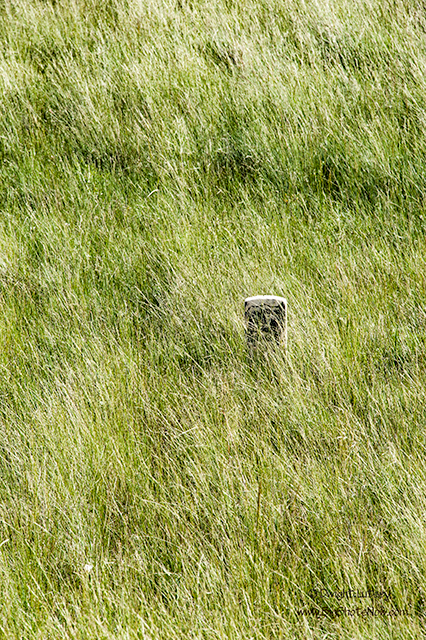
You can get the feeling of that when you see one gravestone such as this fallen trooper at The Battle of The Little Bighorn. You can also experience the sense of loss when you read the story of one individual who gave his all like my best friend David L. Hollingsworth.
Memorial Day 2014
Memorial day means a lot to me even if I’m not out waving the flag in the middle of the crowd. I believe that considering the deaths of close friends and brothers-in-arms to be a personal thing that doesn’t have to be shared. Lately it has been meaning more and more.That’s probably because I’m realizing that I may be seeing some of those folks again before too long, and when I do I’m going to say Thank you and I’m sorry you had to miss the rest of your life, and I remembered you.
* This article was published by By CALVIN LAWRENCE JR. under ABC News heading
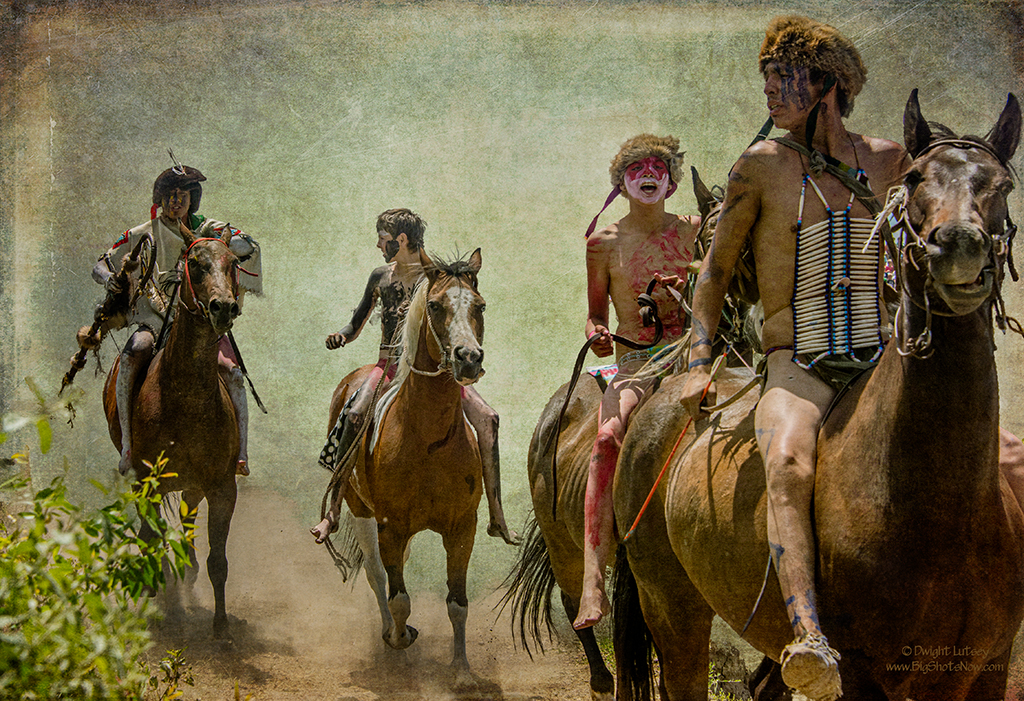

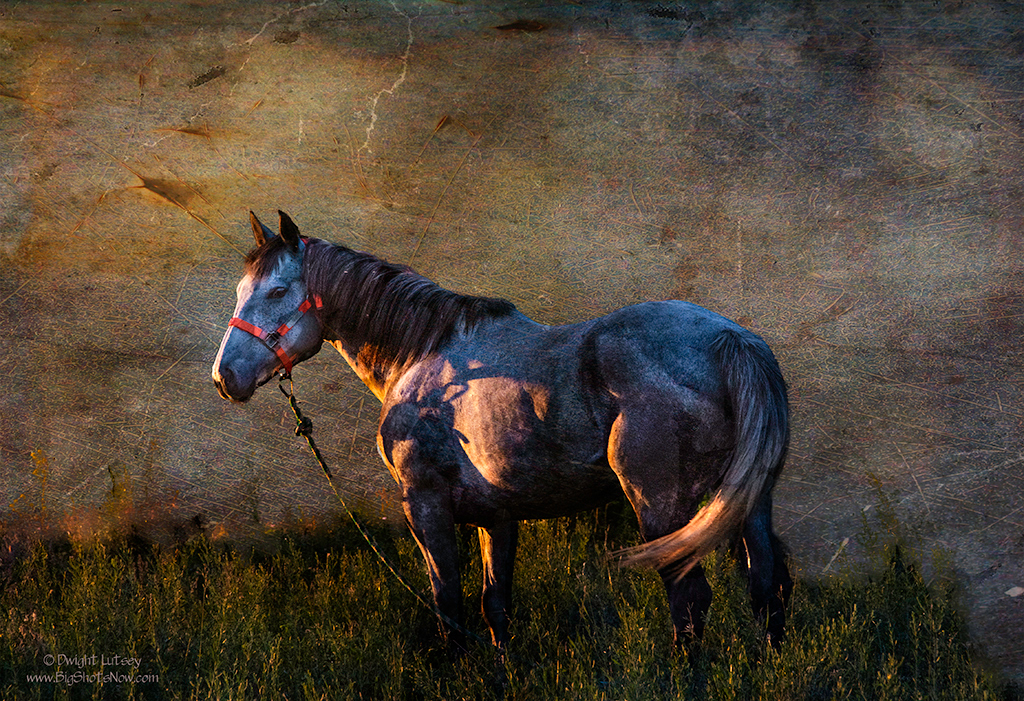
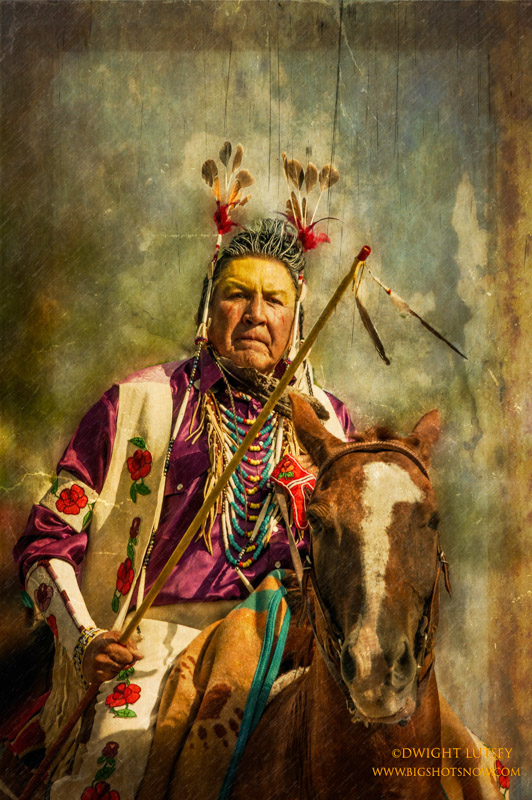
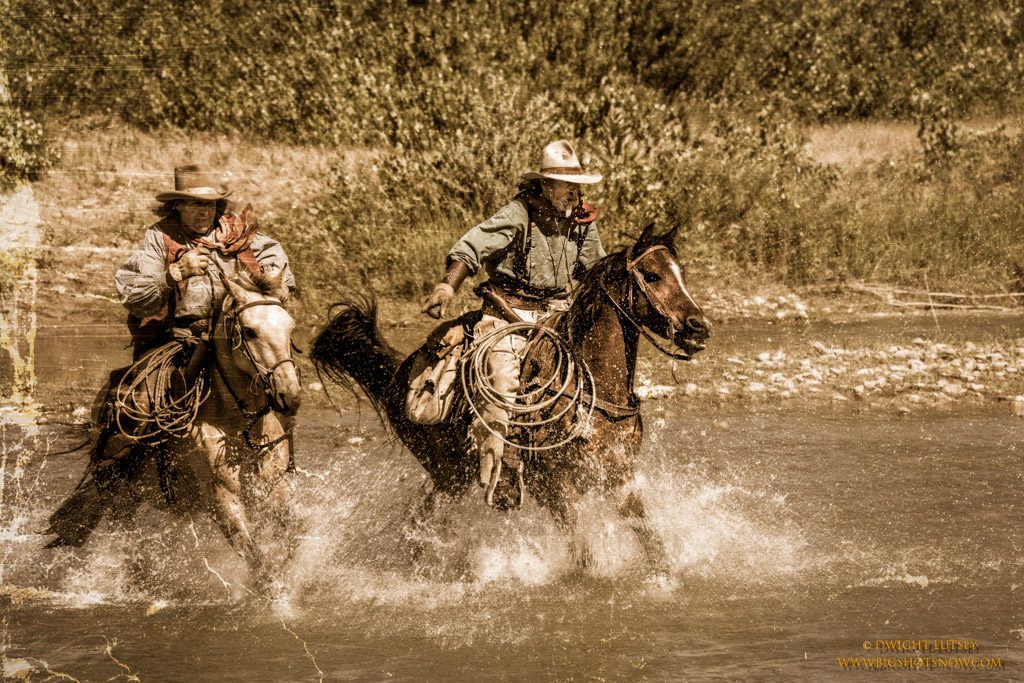
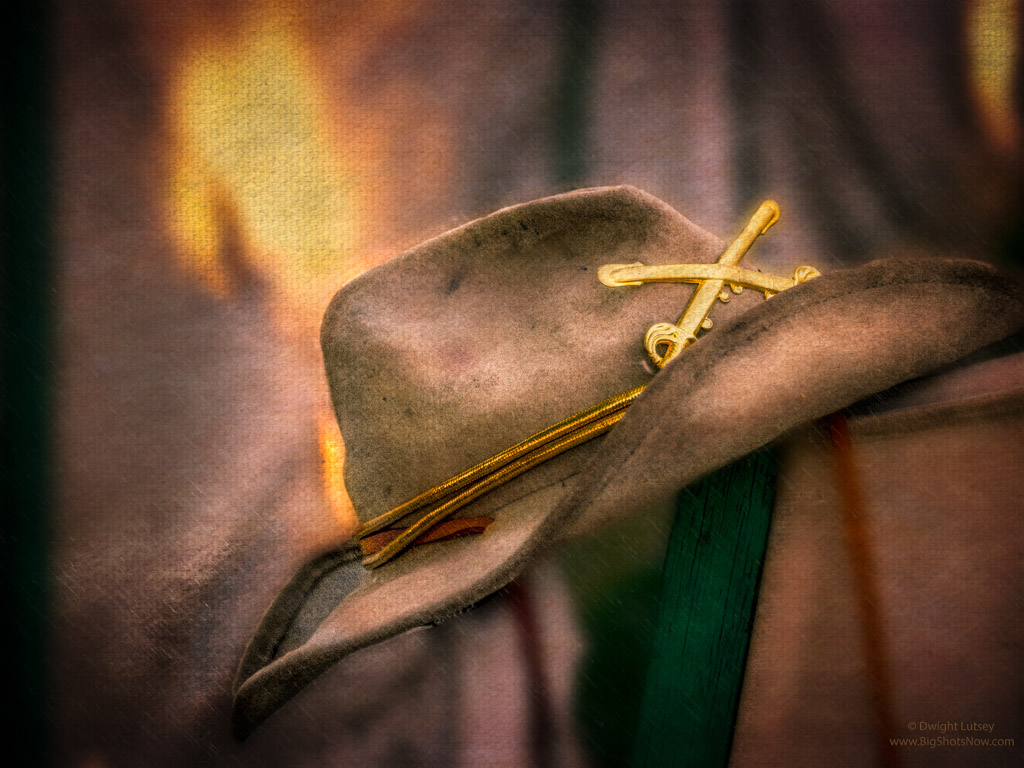
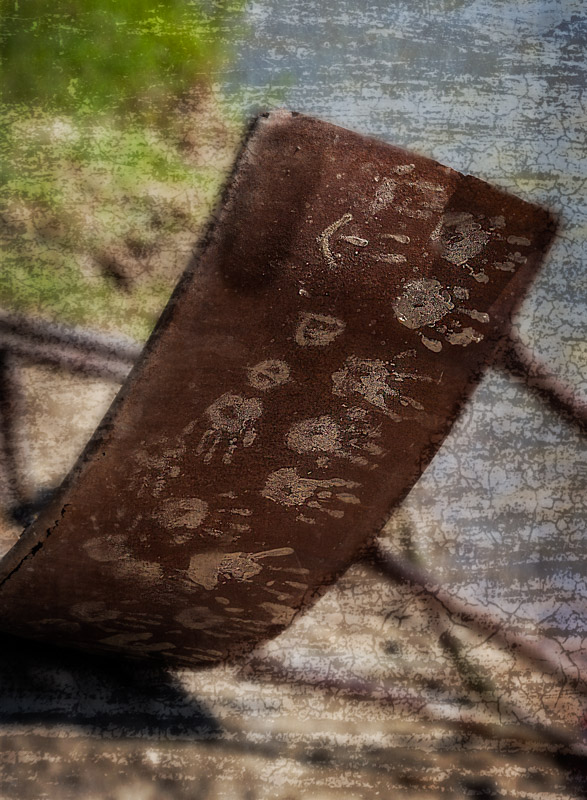

You must be logged in to post a comment.